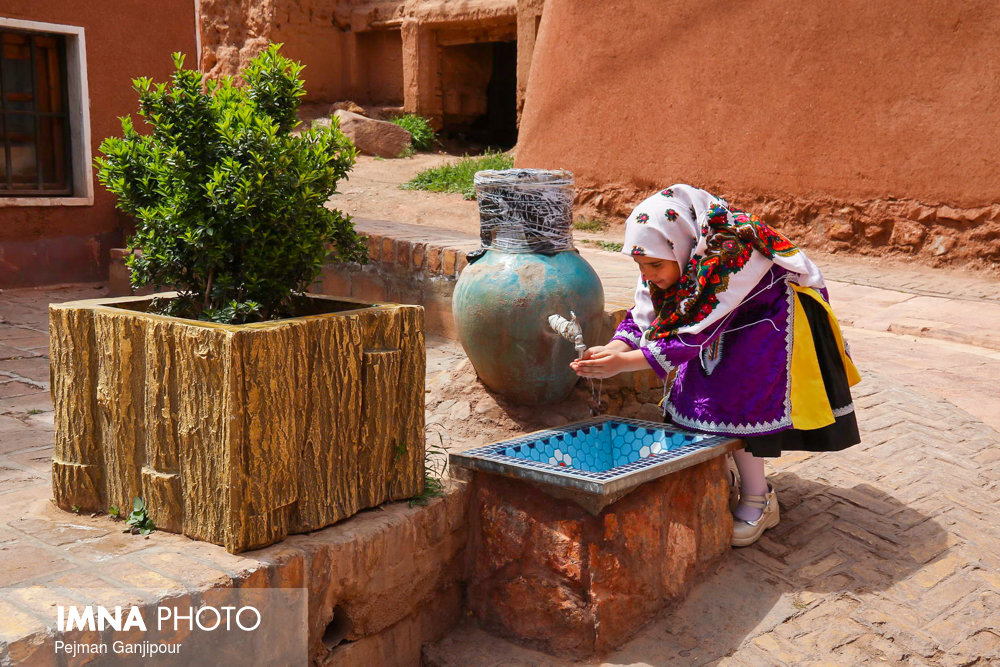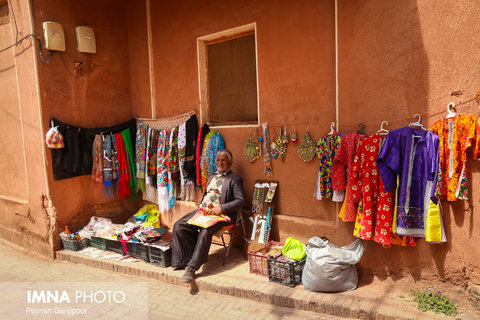Iran (IMNA) - There are many destinations relying on rural tourism to bring in much-needed revenue for the local economies. However, the term is somewhat ambiguous as there is no universally accepted definition of rural tourism.
For defining the term rural tourism it is primarily important to recognize what is and what isn’t “rural”.
Merriam-Webster defines “rural” as an adjective: “of or relating to the country, country people or life, or agriculture.” Article 2 of the European Charter for Rural Areas defines a “rural area” a stretch of inland or coastal countryside, including small towns and villages, where the main part of the area is used for agriculture, forestry, aquaculture, and fisheries.
It’s clear that rural tourism typically requires the use of natural resources, and these environmentally-friendly forms of tourism are narrowly aligned with the concept of sustainable tourism, given that rural tourism is characteristically linked to green, pristine spaces.
Now, let’s take a look at the term “tourism”; the most accepted definition recognizes a tourist as a person who travels away from their home residence for at least 24 hours for leisure or business purposes. This way an individual who travels to an area that is sparsely populated for more than 24 hours for leisure or business purposes is likely to qualify as a “rural tourist”.
The United Nations World Tourism Organization (UNWTO), provides a little more clarity, stating that rural tourism as “a type of tourism activity in which the visitor’s experience is related to a wide range of products generally linked to nature-based activities, agriculture, rural lifestyle/culture, angling, and sightseeing. Rural Tourism activities take place in non-urban (rural) areas with the following characteristics: low population density, landscape and land-use dominated by agriculture and forestry, and traditional social structure and lifestyle”.

There are many different types of rural areas that are popular tourism destinations. Here are some examples:
• National parks and protected areas, which are situated in clear boundaries. Nature and wildlife are protected in a national park by the means of guards/rangers and laws that make sure people can continue to benefit from nature, experience, enjoy, and learn without destroying it.
• Areas of outstanding natural beauty whose distinctive landscape characteristics are so outstanding that it is in the nation’s interest to safeguard them. Those include their flora, fauna, historical and cultural values as well as charming views.
• Special areas of conservation have been granted increased protection under international or national directive (s) to conserve the world’s biodiversity. A variety of wild animals, plants, and habitats may be vital parts of such a shield.
• Wetlands are other types of rural areas such as a marsh, fen, or a peatland whether natural or non-natural, permanent or temporary. Some of which are heavens for birdwatchers.
• Coasts and coastlines that represent stretches of natural beauties and undeveloped landscapes.
Why rural tourism is of high importance? Because it makes up a portion of the rural economy, it provides commercial and employment opportunities for local communities.

Without these opportunities, locals may be forced to relocate to more populated areas, often resulting in separated families and economic leakage in their hometowns.
Furthermore, rural tourism can help to disperse tourism in countries with dense population, directing holidaymakers away from some of the more well-known, busy destinations, and providing economic opportunities in alternative areas. It also lessens the wave of migration from villages to cities.
Iran enjoys a wide variety of natural terrains, unspoiled landscapes, tribes, and ethnic people, giving visitors opportunities to encounter a wide range of lifestyles, handicrafts, and cultures. Sightseers may stay with a rural or nomadic family for a while or enjoy an independent stay and assist them with day-to-day life. It also opens up an opportunity to feel rustic routines, their agriculture, traditions, arts, and culture.
Here in Iran, one can see arrays of felt yurts of the Turkmen, the black tents of the Bakhtyari people, and the osier huts of the Balochi tribespeople as typical examples, as the tribespeople roams from summer to winter pastures. Mountain villages on the rocky slopes; and ones on southern areas of the Caspian Sea are among alternatives.

Tehrantimes
Afshin Majlesi


Your Comment